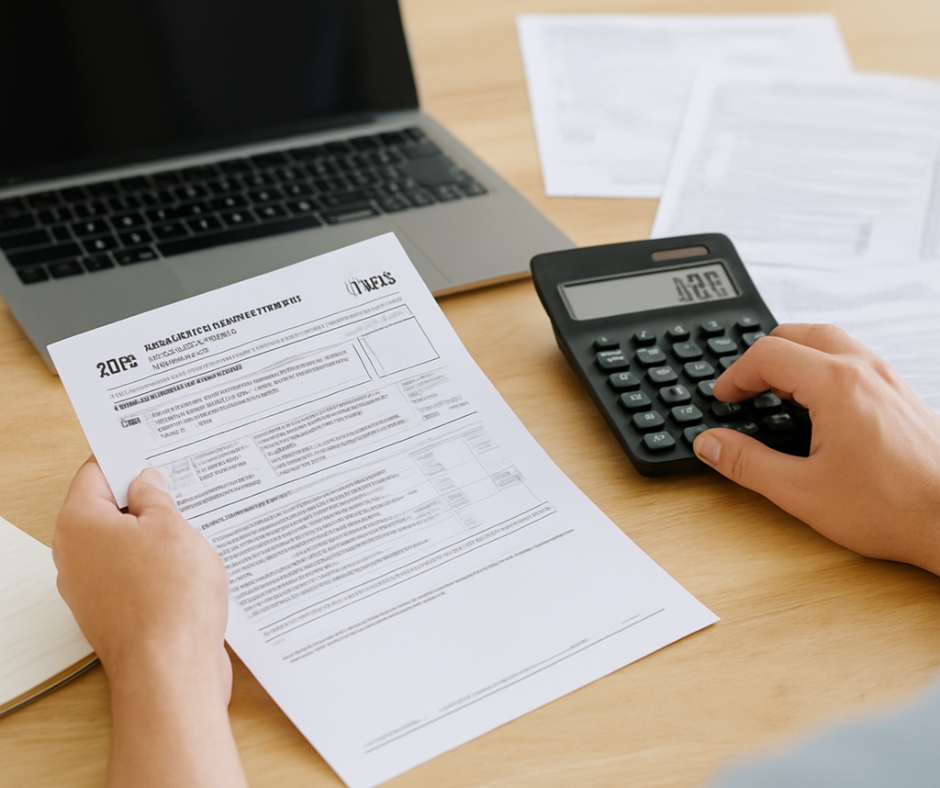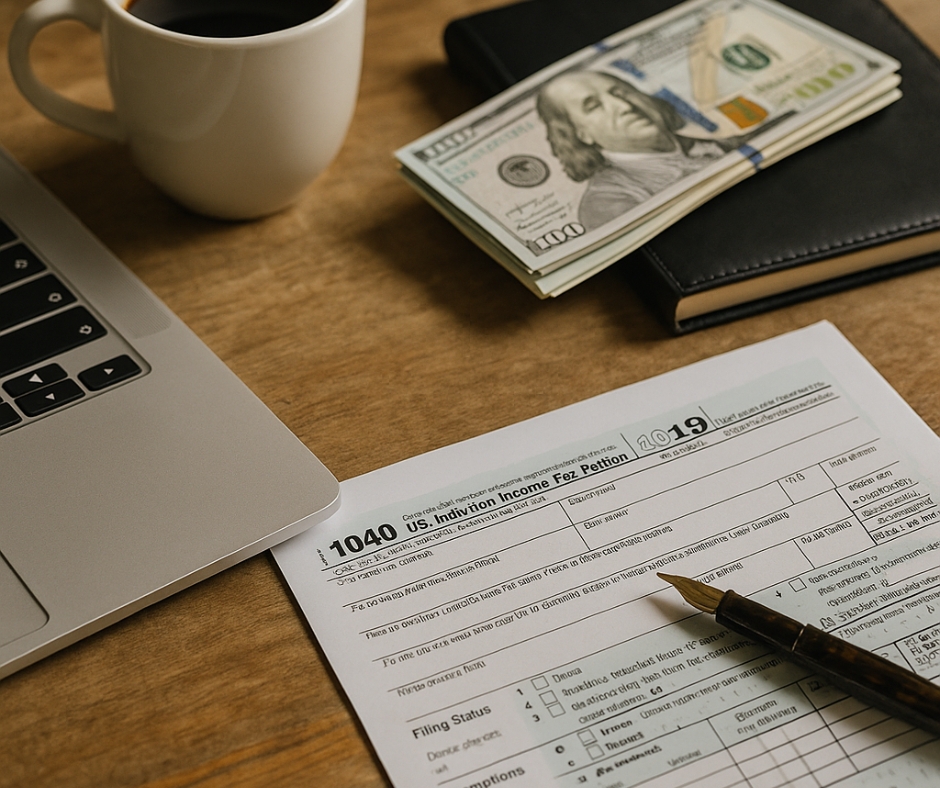Paying estimated quarterly taxes might sound like something only accountants lose sleep over, but if you’re self-employed, it’s something you can’t afford to ignore. Whether you’re a freelancer, a small business owner, or a contractor, understanding how to estimate and pay your taxes quarterly is one of the smartest financial habits you can develop.
If you’re tired of scrambling to catch up at tax time, or worse, facing penalties for underpaying, then this guide will walk you through the process step by step.
Importance of Estimated Quarterly Taxes
Let’s start with why this matters so much.
When you’re an employee, your employer automatically withholds federal income taxes, Social Security, and Medicare taxes from your paycheck. But if you’re self-employed? The IRS considers you the employer. That means it’s on you to withhold and pay your own taxes throughout the year.
Estimated quarterly taxes are required if you expect to owe at least $1,000 in federal taxes when you file your return. This includes self-employment tax (which covers Social Security and Medicare) as well as income tax. And here’s the kicker: if you don’t pay enough throughout the year, the IRS will likely hit you with penalties and interest.
But beyond penalties, there’s also a bigger reason this is important—cash flow control.
When you pay estimated taxes regularly, you’re not only avoiding large surprise bills. You’re also building a more sustainable rhythm for managing your business income. You’re essentially making tax season less of a horror movie and more of a well-scripted documentary.
Determining Your Tax Payments
This is the part that trips up a lot of people: how much should I pay?
There are two primary ways to calculate your estimated tax:
- Safe Harbor Method
If you’re looking to play it safe and avoid penalties, the IRS allows you to pay either:- 100% of your prior year’s tax bill (110% if you earned over $150,000), or
- 90% of your current year’s expected tax bill.
- Actual Earnings Method
If your income fluctuates significantly quarter to quarter, it makes more sense to calculate your taxes based on what you’ve actually earned. This approach takes more work, but it can also keep you from overpaying.
Let’s break it down a bit further. Your estimated taxes include:
- Income tax (based on your net earnings after deductions)
- Self-employment tax, which is currently 15.3% (12.4% for Social Security + 2.9% for Medicare)
You can use IRS Form 1040-ES to estimate what you owe. I personally recommend using tax software or working with a CPA, especially if you’ve got write-offs, multiple income streams, or deductions like home office expenses or vehicle mileage.
Methods of Making Payments
So now you know how much to pay—how do you actually do it?
There are a few options, and most of them are surprisingly easy:
- IRS Direct Pay: This is one of the simplest and most secure ways to pay directly from your bank account. You don’t need to register for anything.
- Electronic Federal Tax Payment System (EFTPS): A bit more advanced but great for regular users. Once you’re set up, you can schedule future payments, which is perfect for staying ahead.
- Credit or Debit Card: The IRS allows this, but third-party processors often charge a fee.
- Mailing a Check: Yes, it’s still an option—but less efficient and more prone to errors or delays.
The due dates don’t follow the typical quarterly calendar, so mark these on your calendar:
- April 15 for Q1
- June 15 for Q2
- September 15 for Q3
- January 15 (of the next year) for Q4
If the 15th falls on a weekend or holiday, the deadline shifts to the next business day.
Many business owners I know automate their payments just like they would a bill. They even set aside a separate savings account just for taxes—something I started doing years ago after a painful tax season hit me hard.
Avoiding Common Mistakes
Let’s be honest: nobody starts out great at this.
I remember my first year freelancing—I underpaid, forgot a deadline, and wound up with penalties that were totally avoidable. Learn from my mistakes so you don’t repeat them:
- Not Paying at All
Some people think they can just pay everything in April. If you wait until the end of the year, you could be looking at a massive bill plus interest. - Guessing Your Numbers
Estimating means being reasonably accurate, not pulling numbers out of thin air. Underestimating can lead to penalties, while overestimating means you’re giving the government an interest-free loan. - Forgetting to Adjust When Income Changes
If your income spikes mid-year (which happens to many freelancers), your original estimates might be too low. Recalculate your payments quarterly to stay on track. - Ignoring Self-Employment Tax
This is huge. Many new entrepreneurs forget that in addition to income tax, they must pay self-employment tax. That 15.3% can sneak up on you. - Not Keeping Good Records
This one’s non-negotiable. Keep all receipts, invoices, mileage logs, and bank statements organized. It’ll make estimating and deducting much easier—and save you stress if you’re ever audited.
Final Thoughts
Filing your estimated quarterly taxes isn’t just about keeping the IRS off your back. It’s a foundational skill for anyone running a business or earning 1099 income.
By being proactive, calculating carefully, paying on time, and avoiding common traps, you’re setting yourself up for financial health and peace of mind. Sure, it takes some effort—but the cost of ignoring it is much greater.
So if you’ve been putting this off, consider this your wake-up call. Taxes may never be fun, but with the right system in place, they can at least be painless.
And in business, that’s a win worth aiming for.












